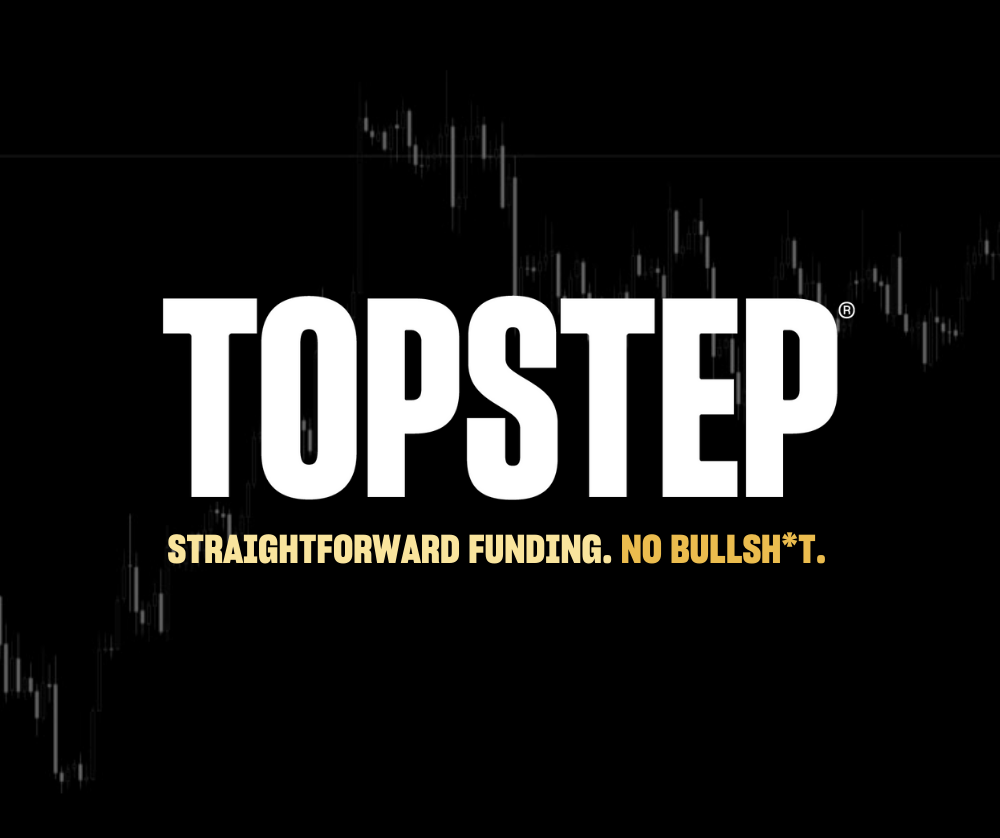Candlestick charts are one of the most powerful technical analysis tools in the trader’s toolkit. They are also one of the most prevalent. Most technical analysis programs use candlesticks as the default mode of charting. Used correctly, candlesticks can give a signal in advance of much other market action. They can be a leading indicator of market activity.
But familiarity doesn’t necessarily breed expertise. There are perhaps more than 100 individual candlesticks and candlestick patterns. This is a daunting amount of information for a trader to understand and apply.
As with most things, some candlestick patterns are more useful than others. Here, we will take a look at some of the most viable for stock traders. These are candlestick patterns that experience shows have the most relevance to making consistently profitable trading decisions. Used correctly, they should increase the accuracy of your predictions.
Candle basics
 For those not familiar with the details of candlestick charting, it’s important to go over the fundamentals. The difference between the open and the close is called the “real body” of the candlestick. The higher of these values creates the upper extreme of the real body, and the lower of these values creates the lower extreme. The amount the stock rose in price above the real body is called the upper shadow. The amount that the stock fell below the real body is called the lower shadow.
For those not familiar with the details of candlestick charting, it’s important to go over the fundamentals. The difference between the open and the close is called the “real body” of the candlestick. The higher of these values creates the upper extreme of the real body, and the lower of these values creates the lower extreme. The amount the stock rose in price above the real body is called the upper shadow. The amount that the stock fell below the real body is called the lower shadow.
If the candle is green or white, it means the lower extreme is defined by the opening price and that the stock’s price rose during the period being charted. If the candle is red or black, then the lower extreme identifies the closing price, and the stock fell during the period.
Candles may be created for any time period: Monthly, weekly, hourly or even a minute. Regardless of the time frame, candlesticks should not be judged in isolation; traders should always look for follow-up action to confirm any signals during the following applicable period.
DOJI
The doji is one of the most important candlestick patterns. A doji formation is a single-candle pattern. It occurs when prices opened and closed at the same level. A doji represents equilibrium between supply and demand, a tug of war that neither the bulls nor bears are winning. Traders should not take action on the doji alone. Always wait for the next candlestick to make an appropriate trade.
After a long uptrend, the appearance of a doji can be an ominous warning sign that the trend has peaked or is close to peaking. The converse holds true for a downtrend. When assessing a doji, always take careful notice of where the doji occurs. If the security you’re examining is still in the early stages of an uptrend or downtrend, then it is unlikely that the doji will mark a top, but it could precede a pause in the current trend move. It can be viewed as a pivot.
“Top marker” (below) includes an example of a successful doji pattern. As shown in the daily chart, the S&P 500 started its rally from June 25, 2013, reached a high of 1709 on Aug. 2, and then on Aug. 5, the index opened at 1708 and closed at 1707.41. The open and the high were almost the same, which are the qualifications for the doji candlestick pattern.

Confirmation of a new downtrend came on Aug. 6 when the S&P 500 broke the Aug. 5 low of 1703 and closed at 1697.3. A reasonable stop loss could have been placed at the Aug. 5 high of 1709.
Engulfing pattern
The bullish engulfing pattern is most significant when it occurs after a prolonged downtrend. The stock or index has been selling off sharply. On the day of the bullish engulfing pattern, prices will often start the day by falling. However, strong buying interest comes in and turns the market around.
The bullish engulfing pattern is so named because the open-close range of this candle surrounds or engulfs the open-close range of the previous one. The bullish engulfing represents a reversal of supply and demand. Whereas supply has previously far outstripped demand, now the buyers are more eager than the sellers. Perhaps at a market bottom, this is just short covering at first, but it is the catalyst that ultimately creates a buying stampede.
When analyzing the bullish engulfing pattern, always be aware of its size. The larger the candle, the more significant the possible reversal. A bullish engulfing candle that consumes several of the previous candles speaks of a powerful shift in the market.
Apple Inc. provided a good example of this pattern last summer. Apple had been on a downtrend from June 1 until June 20. Then, on June 23, Apple formed a bullish engulfing pattern where that day’s candle engulfed the previous day’s candle completely and suggested that the market would embark on a new bullish rally.
As seen in “Expanding opportunity” (below), the trader would not buy exactly on June 23 when the bullish engulfing pattern was formed, however. The trader would wait for the June 23 high of $331.69 to be broken and sustained for a subsequent trading session. Confirmation came on June 28, when prudent traders might have initiated long positions. A reasonable level for a stop loss would be the June 23 low of $318.

The bearish engulfing pattern is the opposite of the bullish engulfing pattern. Like its companion, it is most significant when it occurs after a prolonged, steady trend. On the day of the bearish engulfing pattern, prices often begin by rising. However, strong selling comes in and turns the market around.
“Downturn” (below) provides an example in Caterpillar. On March 12, 2013, Caterpillar formed a bearish engulfing pattern that engulfed the previous day’s candle completely and gave an indication of a subsequent correction — in this case, one that continued until April 18. As for entry strategy, the trader should not short sell on March 12 but wait for that day’s low to be broken and sustained for a subsequent trading session. Entry confirmation came on March 13, and a short sell could be initiated on that day. A reasonable stop loss could have been placed at the March 12 high, or $91.16.

Hammer
The hammer candlestick pattern forms after a prolonged downtrend. It is considered a strong reversal signal. On the day of the hammer candle, there is strong selling as the market opens up. As the day goes on, however, the market recovers and closes near the unchanged mark, or in some cases even higher.
American International Group (AIG) provides a good example of the hammer formation (see “Trend shift,” below). On June 24, AIG formed a hammer pattern after a prolonged downtrend. The stock opened at $43.01 and made a low of $41.53 before closing at $42.30. Although the stock stabbed lower, it recovered and closed near its opening price, indicating that buyers came in at the lower levels.

A reasonable entry point for this particular hammer pattern would be at the high of June 23 at $43.04. On June 25, AIG opened at $42.85 and once $43.01 was broken, longs could have been initiated with a stop loss at the June 23 low of $41.53. AIG in the coming sessions made a high of $46.83.
Hanging man
Hanging man candlestick formations are another reversal pattern. This formation typically happens after a prolonged uptrend when a security moves significantly lower after the open, but rallies to close well above the intraday low. It is important to emphasize that the hanging man pattern is a warning of potential price change, not a signal, in and of itself, to go short.
“Hang ‘em high” (below) includes an example found in Alcoa (AA). On Feb. 15, Alcoa formed a hanging man pattern after a brief uptrend, Alcoa opened at $9.34 and made a high of $9.36, a low of $9.20 and then closed at $9.32. So after making a low of $9.20, Alcoa recovered and closed almost near its opening price.

A trader might have taken short positions once the Feb. 15 low of $9.20 was taken out in subsequent trading sessions. This happened on Feb. 19 when Alcoa opened at $9.31. Once the $9.20 level was broken, shorts might have been initiated, with a stop loss set at the Feb. 15 high of $9.36. In later trading sessions, Alcoa reached a low of $8.30.
Although they are relatively reliable, candle patterns are just one tool in a trader’s toolbox. Traders should integrate candlestick analysis, moving averages, Bollinger bands, price patterns (such as triangles) and indicators (such as stochastic or CCI) to reach trading decisions. Of course, the break of a simple trendline is a powerful message that should not be ignored, particularly when done in the neighborhood of reversal formations.
Bramesh Bhandari writes at www.bramesh-techanalysis.com and provides online tutoring on technical analysis. He can be reached via email at bhandaribrahmesh@gmail.com.





